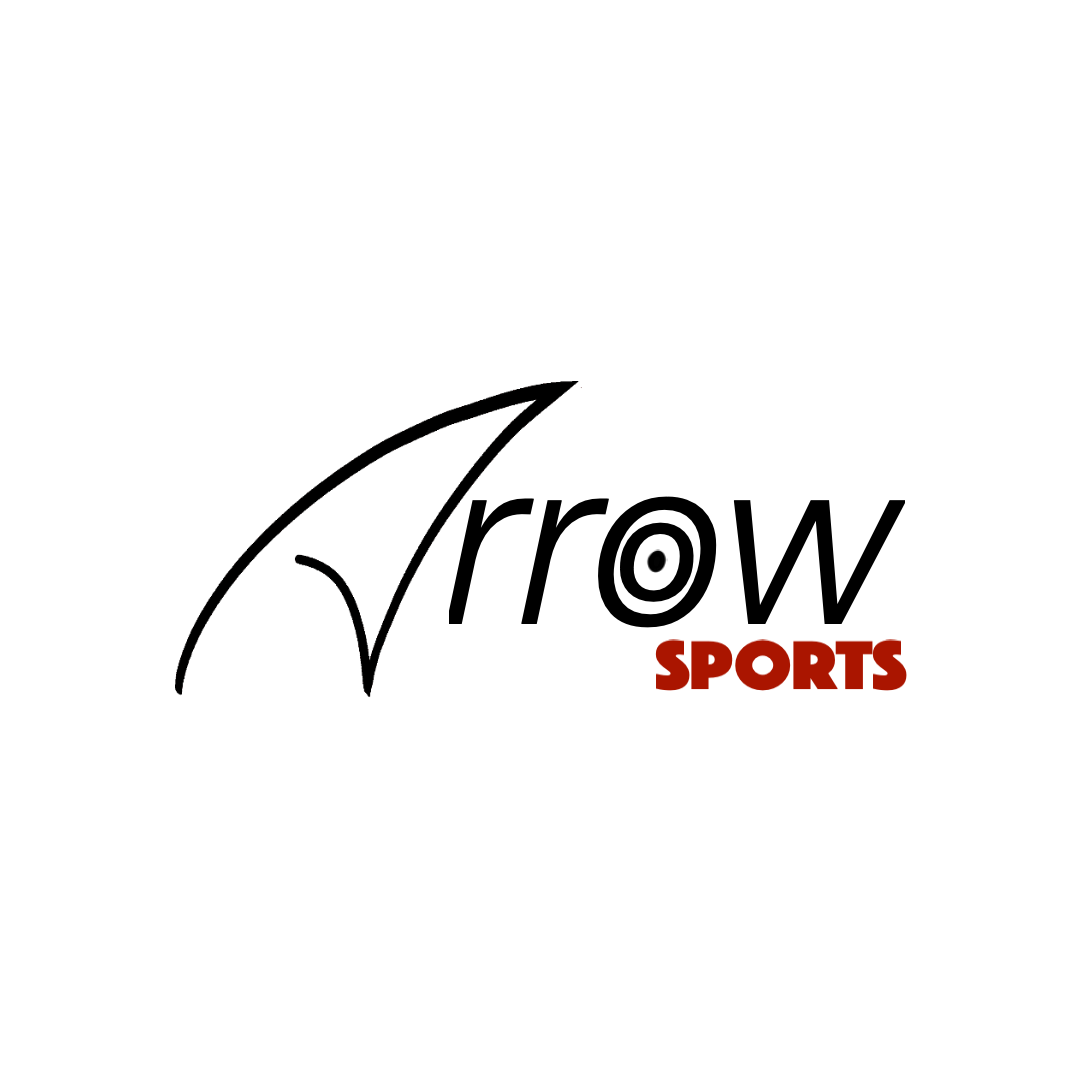Types Of Serve In Badminton
In Badminton there are multiple service, each serves place in a match is a strategic play, whether to play the offensive or defensive side first.. In this Blog, we will go through the 4 services that are commonly used and legal the Badminton World Federation (BWF). Each type of serve would determine whether you are going to start off offensively or defensively, executing this serve would take a lot of practice to perfect it.
The first serve being the low serve. This serve is usually done to prevent the opponent from making a offensive shot, placing a low-near net serve which would force the opponent to mostly do a lift shot instead of a net as the opponent would be scared for a kill shot, therefore, placing a lift instead of a net which would give team that is serving a chance to attack if this is a doubles gameplay. If this was a singles gameplay, the serve is to make the receiving player to lift also, so that the serving player has more time to think on what type of shot he can place. The low serve is generally used for both singles and doubles as it is a very good serve if executed well, would give advantageous to the person who is serving.
The second serve would be a high serve. This serve is usually done for the serving person to have more time to prepare, or he wants to control the tempo, starting the game off with a slow but high serve. This serve is aimed to send the shuttlecock high and deep into the opponent's backcourt, forcing them to play a defensive shot unless the serve is sloppy and did not go as high or as far. This serve is commonly used in singles, pushing the opponent to the back of the court, making space at the front. Usually if the person is not fast on his feet, he would have to play a defensive shot which would give opportunity to the serving side. However, if the person receiving is fast, this could be a opportunity for the person receiving as he could place an attacking shot which if it is good, would be advantageous to him.
The third serve would be a flick serve. This serve is usually done as a deception shot, where the server aims low and short but quickly switch it up and flicks the shuttlecock upwards and backward, landing at the back of the service box for doubles and baseline for singles. The quick flick aims to surprise the opponent, forcing them to move backward and potentially opening the front court for an attack opportunity for the server. The flick serve is used in both doubles and singles, only being effective if it maintains its elemental of surprise. If the elemental of surprise is gone, the advantage would go to the receiving side as the opponent would be able to anticipate and give a kill shot, ending the rally the moment, the serve is up.
The fourth serve would be a drive serve. This serve is usually done for a more aggressive start to the game. The drive serve is a flat and fast serve; the serve is meant for to catch the opponent off guard. This serve is to limit the opponent’s shot options that they can return. This serve is essentially a deceptive serve, resembling a low serve but switching to a faster pace and flat serve. This serve is usually done in doubles as if the opponent manages to receive the serve, there would be two people that would be able to cover for it. The drive serve is shot that is 50/50 as if the shot is executed well and catches the opponent off-guard, it would be a easy point for the server. However, if the opponent manages to maintain his calmness and react fast enough, the server would be in a difficult shot as the receive back from the serve would be faster and steeper which would harder for the server to defend the shot back.
Therefore, we have went through the 4 different serves that can be applied in a badminton match. Through the explanation of each serve, each serve are not just plain ordinary shots, but they are a strategic shot which determines the tempo of the rally of the start of the match. These serves can be furthered explain through our classes in a branch of ArrowSport, ArrowBadminton. Through ArrowBadminton, we can coach students from any levels, teaching them the fundamentals and even coach them into a higher level of playing.


